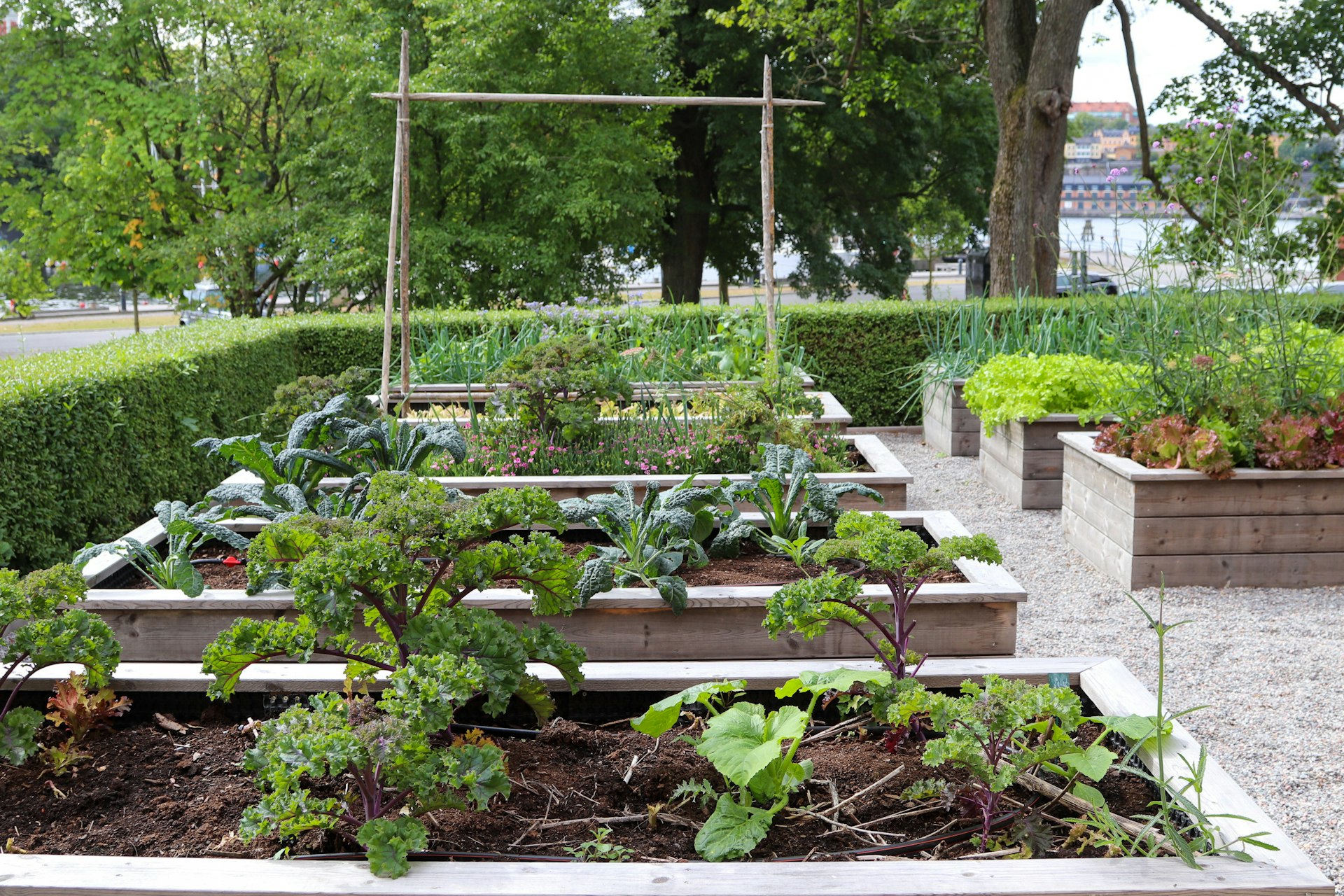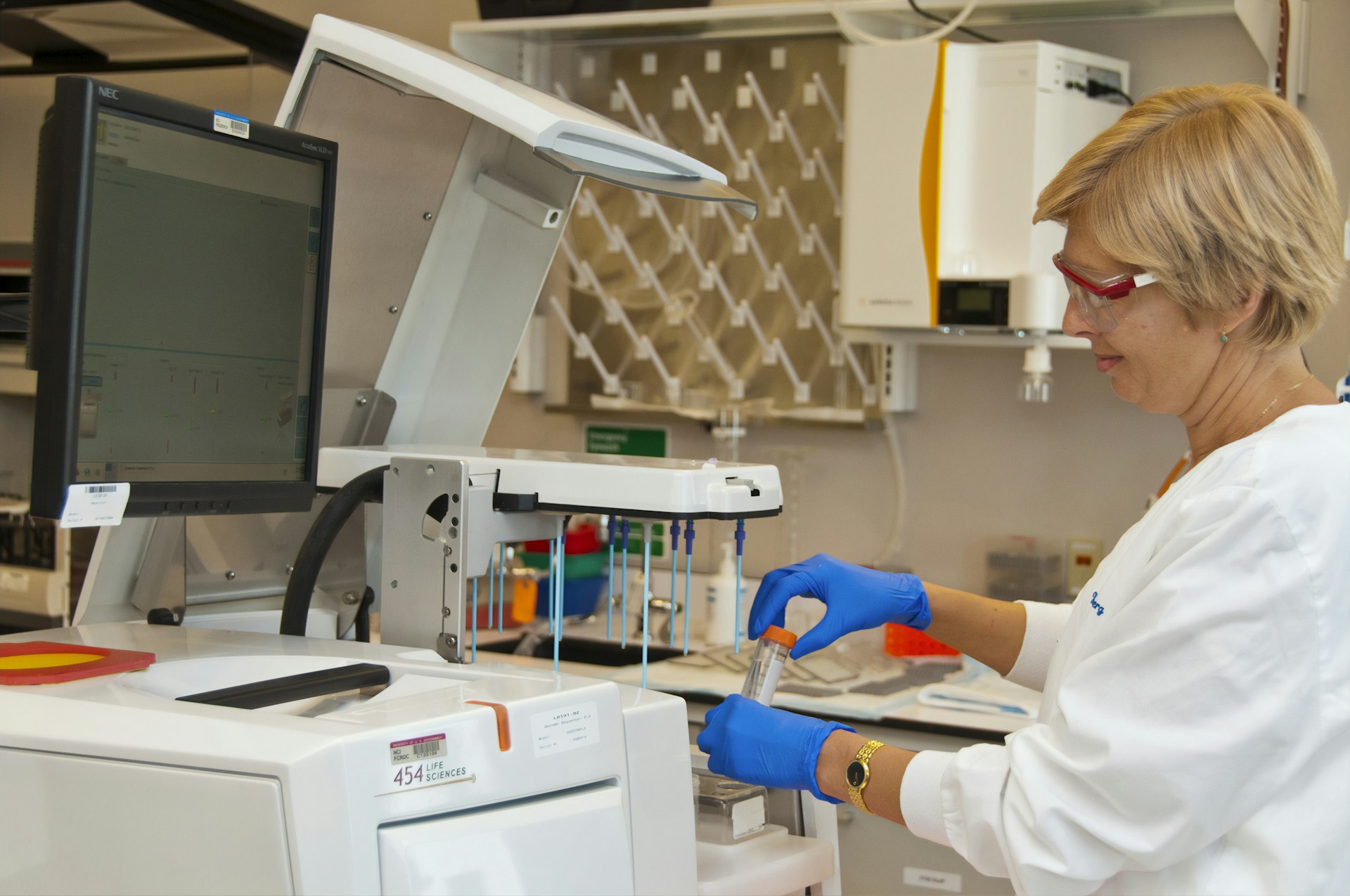Urban Farming Lifestyle Projects: Grow, Connect, and Thrive in the City

Photo by Tanya Barrow on Unsplash
What Are Urban Farming Lifestyle Projects?
Urban farming lifestyle projects integrate food production into city environments, offering residents the chance to grow their own food, engage with neighbors, and live more sustainably. These initiatives range from rooftop vegetable gardens and vertical farming systems to community plots and backyard sharing programs. They are designed not just to produce food, but to foster healthier lifestyles, environmental stewardship, and social connection in urban settings [3] .
Benefits of Urban Farming Lifestyle Projects
Fresh, Local, and Nutritious Food
Urban farming brings fresh produce directly to city dwellers, reducing the distance food travels from farm to plate. This means access to fruits, vegetables, and herbs at peak freshness and nutritional value. Studies show that urban gardeners typically eat double the servings of fruits and vegetables compared to non-gardeners [3] .
Sustainability and Environmental Impact
By using vertical and rooftop spaces, urban farms can be up to 100 times more productive per square foot than traditional farms [2] . These systems save water, reduce energy use, and minimize the carbon footprint associated with food transportation. Urban gardens also help manage stormwater, mitigate the urban heat island effect, and provide habitat for urban wildlife [3] .
Community Building and Social Equity
Urban farming projects often serve as community hubs, offering safe, natural spaces for people to meet, learn, and collaborate. They can provide job training, educational programs, and opportunities for entrepreneurship. Equitable access is a key consideration-many programs prioritize outreach to underserved populations and ensure gardens are accessible to people of all ages and abilities [3] .
Economic Opportunities
Beyond personal consumption, urban farms can generate income through the sale of produce, value-added products, and even agritourism. Larger urban farms often operate as businesses, supplying local restaurants and markets [1] .
Real-World Examples of Urban Farming Lifestyle Projects
Food Field, Detroit, Michigan
This project transforms vacant urban land into productive farms, providing fresh food in a city with limited access to healthy options. It demonstrates how underutilized spaces can become community assets.
FARM:shop and FARM:London, United Kingdom
FARM:shop in Dalston, London, combines small-scale aquaponic fish farming, indoor allotments, and a rooftop chicken coop with a café. The goal is to prove that food can be grown in the city without vast acreage. The team behind FARM:shop is also planning FARM:London, a 3,000-square-meter rooftop farm aimed at producing vegetables and fish in an environmentally friendly way [1] .
Sky Greens, Singapore
In a country that imports most of its food, Sky Greens operates the world’s first low-carbon hydraulic water-driven vertical farm. Their three-story greenhouse systems produce five to ten times more per unit area than conventional farms, using less energy and water. The produce is competitively priced and available in local grocery stores [1] .
The Distributed Urban Farming Initiative (DUFi), Bryan, Texas
DUFi transforms vacant lots into community gardens, growing broccoli, cauliflower, cabbage, and lettuce in raised beds and pallet gardens. The initiative educates residents about healthy eating and supports local entrepreneurship and tourism [1] .
Sharing Backyards, Canada, United States, and New Zealand
This program connects people who want to grow food but lack land with those who have unused yard space. Through an online platform, users can find or offer gardening space at no cost, making urban agriculture accessible to more people [1] .
Lufa Farms, Montreal, Canada
Lufa Farms operates large rooftop greenhouses that supply fresh greens, herbs, peppers, and eggplants to thousands of local customers each week, creating a “local food engine” within the city [2] .

Photo by Charlies X on Unsplash
Prinzessinnengarten, Berlin, Germany
This urban farm grows a wide variety of vegetables in repurposed containers, demonstrating how creative reuse and community involvement can transform urban spaces [2] .
Brooklyn Grange, New York, US
Brooklyn Grange runs the world’s largest rooftop soil farms, producing over 50,000 pounds of vegetables annually. The farms also absorb more than a million gallons of stormwater each year, reducing the burden on the city’s infrastructure [2] .
How to Get Involved in Urban Farming Lifestyle Projects
Join a Community Garden
Most cities have community garden programs where residents can rent a plot to grow their own food. To find one near you, contact your local parks department, search online for “community gardens near me,” or visit the website of your city’s government. Many programs have waitlists, so it’s wise to inquire early and ask about equity initiatives if you represent an underserved group [3] .
Start Your Own Urban Farm
If you have access to a balcony, rooftop, or even a sunny windowsill, you can start container gardening. For larger projects, consider forming a neighborhood group to secure land, funding, and support. Research local zoning laws and permits, and reach out to urban agriculture organizations for guidance.
Participate in Yard-Sharing Programs
Platforms like Sharing Backyards connect landowners with aspiring gardeners. Visit their website to search for available spaces in your area or to post your own unused land. These programs are typically free and rely on community goodwill [1] .
Support or Volunteer with Urban Farms
Many urban farms welcome volunteers to help with planting, harvesting, and maintenance. Volunteering is a great way to learn new skills, meet like-minded people, and contribute to your community’s food security.
Advocate for Urban Agriculture Policies
Engage with local policymakers to support urban farming initiatives. Attend city council meetings, join advocacy groups, and help raise awareness about the benefits of urban agriculture.
Overcoming Challenges in Urban Farming
Access to Land and Space
Space is often limited in cities. Creative solutions include rooftop gardens, vertical farming, and repurposing vacant lots. Yard-sharing programs also help address this challenge.
Soil Quality and Contamination
Urban soils may be contaminated with heavy metals or chemicals. Raised beds with clean soil, container gardening, and hydroponic systems are effective alternatives.
Water Access and Management
Efficient irrigation systems, rainwater harvesting, and drought-resistant plants can help conserve water. Some urban farms use hydroponics or aquaponics to minimize water use.
Community Engagement and Equity
Ensuring equitable access requires intentional outreach and inclusive program design. Partnering with local organizations and offering multilingual resources can broaden participation.
Key Takeaways
- Urban farming lifestyle projects offer fresh, local food, environmental benefits, and opportunities for community connection [3] .
- Successful examples exist worldwide, from rooftop greenhouses to shared backyard gardens [1] [2] .
- Getting involved is accessible-join a community garden, start your own project, or participate in yard-sharing programs.
- Addressing challenges like space, soil quality, and equity requires creativity and community collaboration.
References
MORE FROM cheerdeal.com













